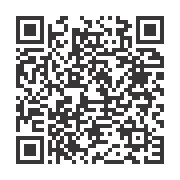

The best way to avoid the flu is to get a yearly vaccination. There are many different influenza viruses that are constantly changing, which is why it’s important to get a flu vaccine every year.
Frequently washing your hands helps prevent the spread of germs. Show your family how to use soap and water to wash your hands — for at least 20 seconds (about the time it takes to sing the “A, B, and Cs”) — then dry hands with a clean towel.
Clean and disinfect surfaces that are touched everyday (like kitchen counters, toilet handles, and the TV remote), especially when someone is sick.
When you’re sick, try to keep your distance from others to protect them from getting sick too. When you need to cough or sneeze, cover your mouth and nose with a tissue then throw it away immediately and wash your hands.
Vitamin D is vital for a healthy pregnancy and also helps baby’s bone growth. Parents, including pregnant and breastfeeding women, should consider a daily multivitamin to help meet their need of 600 IU of vitamin D each day.
Install this web app on your iPhone: tap ![]() and then Add to Home Screen.
and then Add to Home Screen.
Side-Lying Hold
This hold is useful when:
Cross-Cradle Hold
This hold is useful when:
Clutch or “Football” Hold
This hold is useful when:
Cradle Hold
This hold is useful when:
Laid-Back Hold
This hold is useful when: